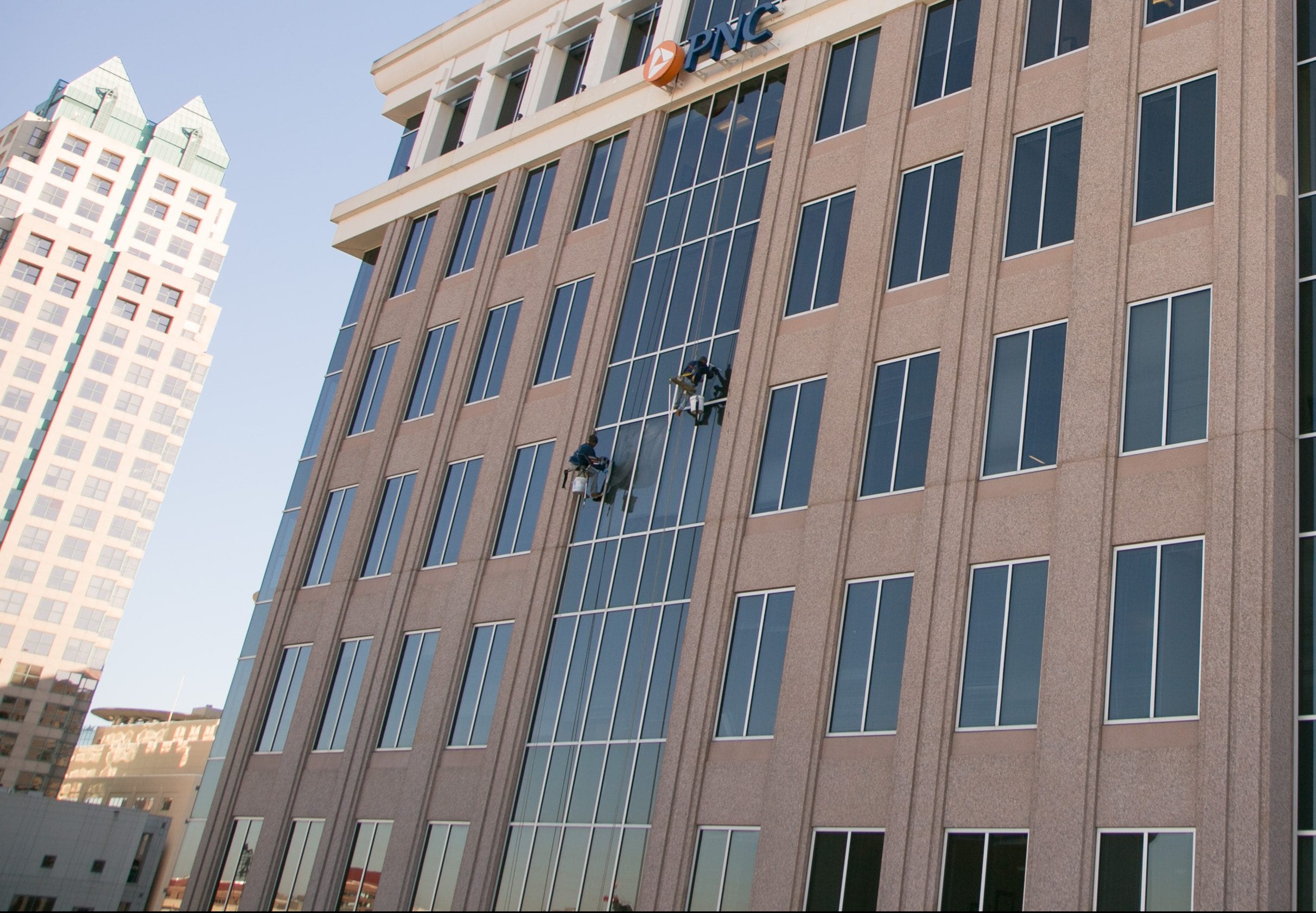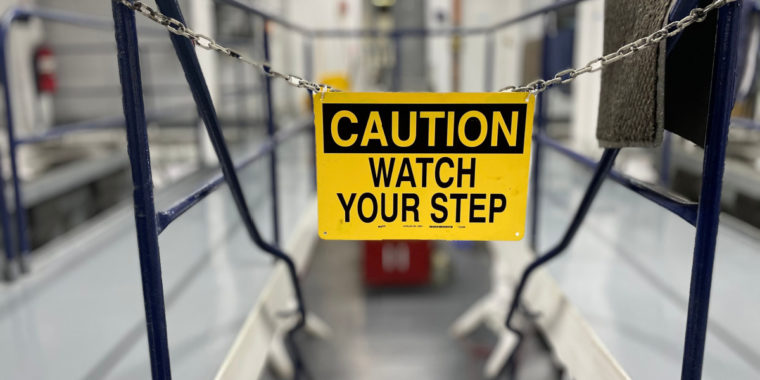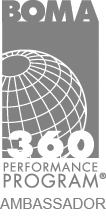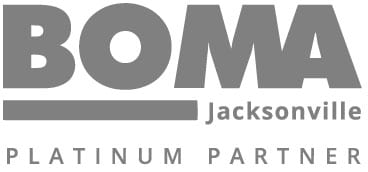Water infiltration, a silent yet potent threat to building integrity, demands vigilant attention from property managers. Recognizing and promptly addressing water infiltration is essential to prevent extensive damage and avert costly repairs. For commercial properties, the responsibility for preventing water infiltration and addressing the damage it causes typically falls on the property owner or manager. This guide provides comprehensive insights into spotting and addressing water infiltration effectively.
Understanding Water Infiltration
Water infiltration refers to the unwanted entry of water into a building, typically through its envelope – the roof, walls, windows, or foundation. Common causes include improper sealing, structural damage, and drainage failures.
Prolonged exposure to water can lead to severe risks like structural deterioration, mold growth, and indoor air quality problems, posing potential health hazards and financial burdens.
Signs of Water Infiltration
In most cases, you don’t need fancy equipment to identify water infiltration. Visual, physical, and odor-related indicators offer insights into the extent and nature of the infiltration.
- Visual Signs: Look for wall discoloration, mold growth, and peeling paint or wallpaper. These are clear indicators of moisture intrusion.
- Physical Signs: Noticeable signs include warped wood, dampness on surfaces, and visible water pooling in certain areas.
- Odor and Air Quality Changes: A musty smell is a tell-tale sign of moisture problems, as is an increase in indoor humidity.
Once you or your tenants observe any of these issues, it’s time to take immediate action to investigate the source of the moisture and implement remedial measures.
Critical Areas to Inspect
These critical zones are most susceptible to water damage and can offer early signs of potential issues. Property managers should focus on the following areas for thorough inspections:
- Roof and Ceiling – Roofs are the number one cause of commercial water damage, and if left untreated, they can lead to collapse. Check for water stains or leaks, as these are often the first signs of roof problems.
- Facade and Windows – Inspect for seepage or condensation, indicating compromised seals.
- Foundations and Basements – Look for cracks, dampness, or pooling water, which signal potential foundation issues.
- Equipment, HVAC, Sprinklers, Boilers – Regularly inspect these for any signs of leaks or corrosion.
Consistent monitoring of these areas can prevent minor issues from escalating into major, costly problems.
The Importance of Timely Action
A proactive approach to water infiltration can be highly cost-effective and helps avoid more extensive and expensive repairs later. Moreover, ignoring water infiltration can lead to long-term issues such as structural damage and health hazards due to mold and poor air quality.
The tragic incident in Davenport, Iowa, where a six-story, 116-year-old apartment building partially collapsed, leading to missing persons and a significant rescue operation, serves as a stark example of the severe consequences that can arise from ignoring water infiltration and structural issues in a building. Tenants reported various issues over the years, including cracks in the walls and water leakage, which were signs of potential structural problems. These complaints, however, were reportedly ignored by management.
Regular inspections and prompt attention to signs of structural damage and water infiltration could have prevented this tragedy. Building owners and managers are legally and ethically responsible for maintaining safe living conditions. Choosing a qualified business service provider is crucial in ensuring proactive and effective maintenance, thereby preventing catastrophic outcomes and safeguarding the lives of occupants.
ProXpress Expertise in Action
ProXpress offers specialized proactive water infiltration management services, including rapid leak repair and water intrusion testing. These services play a vital role in maintaining the integrity of structures and preventing water damage. ProXpress has helped numerous property managers prevent and repair water damage.
ProXpress’s expedited approach to leak investigation, repairs, and proactive planning, complemented by their proficiency in handling emergency façade safety concerns and minor exterior repairs, sets them apart in ensuring building integrity and safety.
Securing Your Property Against Water Infiltration
Ensuring the longevity and safety of a building hinges on effective water infiltration management. Proactively identifying potential problems and timely and expert intervention can significantly mitigate the risks and costs associated with water damage.
A1 provides building owners and property managers the assurance they need through dedicated expertise and rapid response. By understanding the signs of water infiltration and engaging with skilled professionals, property managers can protect their buildings from the detrimental effects of water damage. Contact A1 today and take your first step towards preventing water infiltration.










